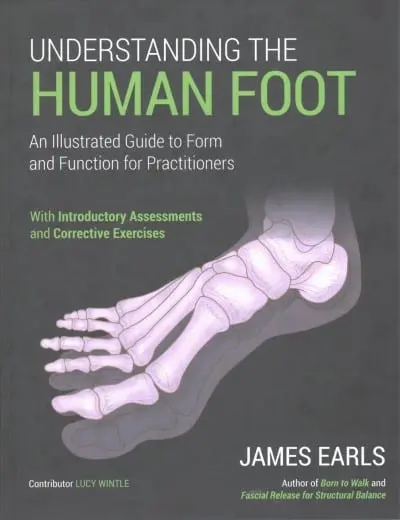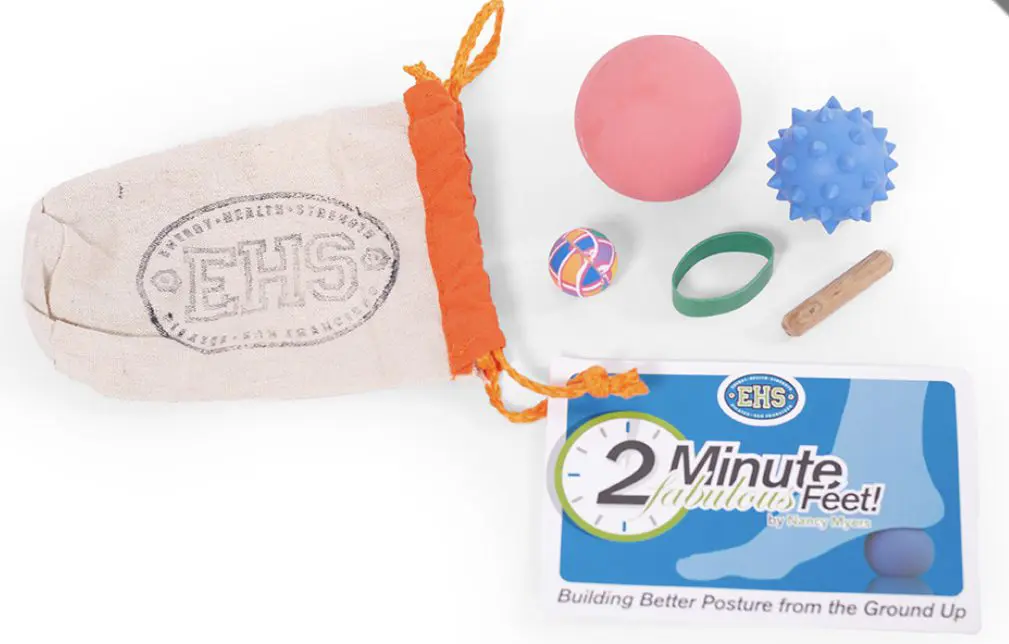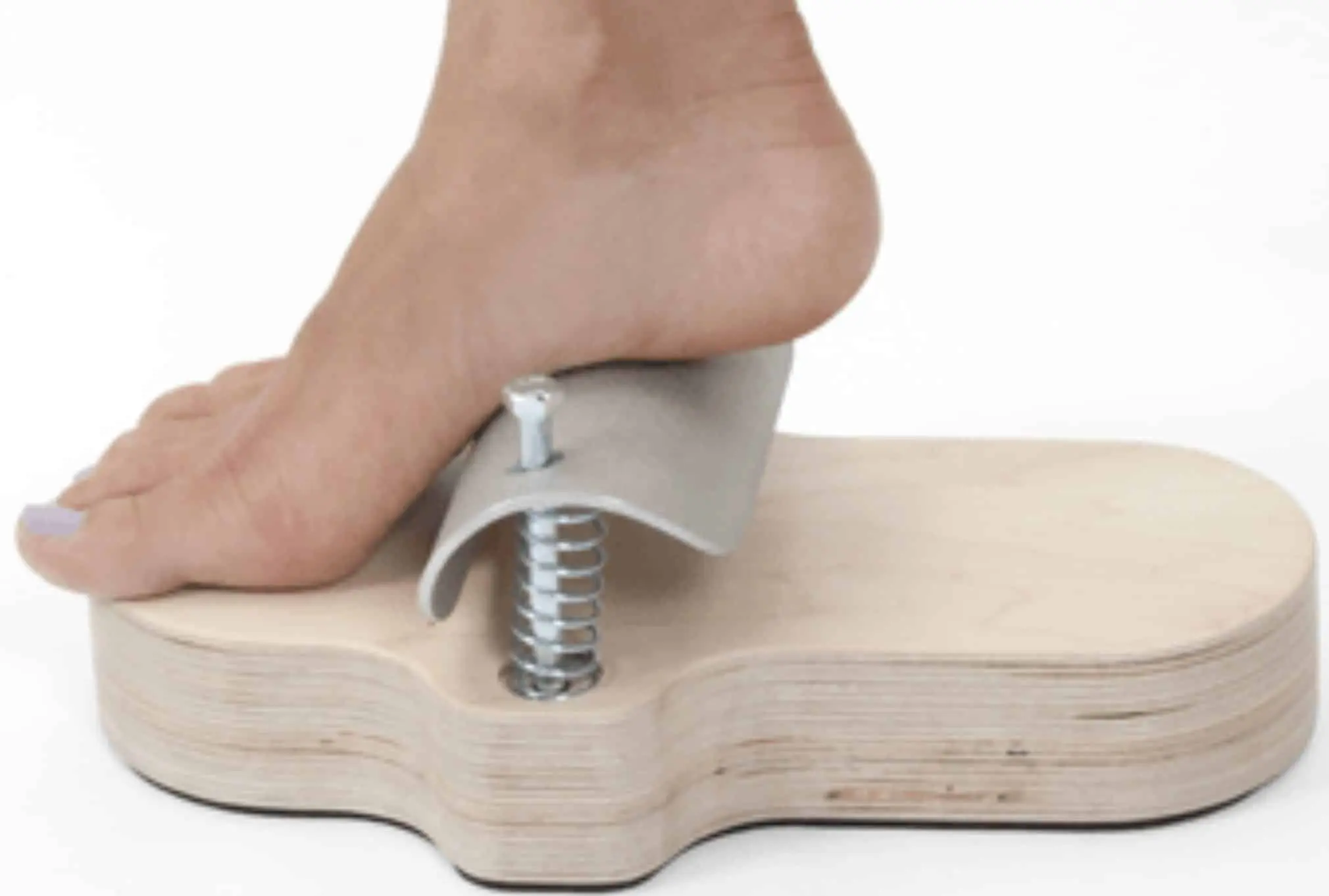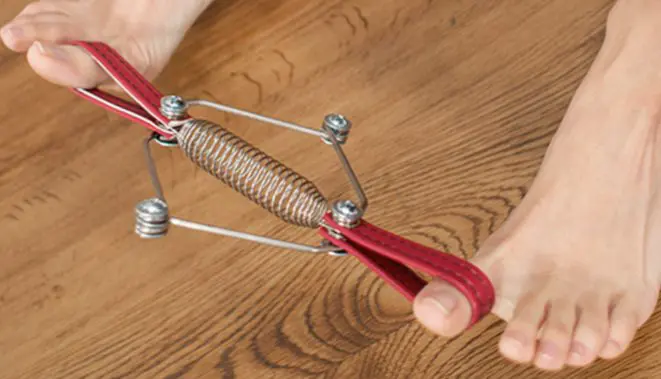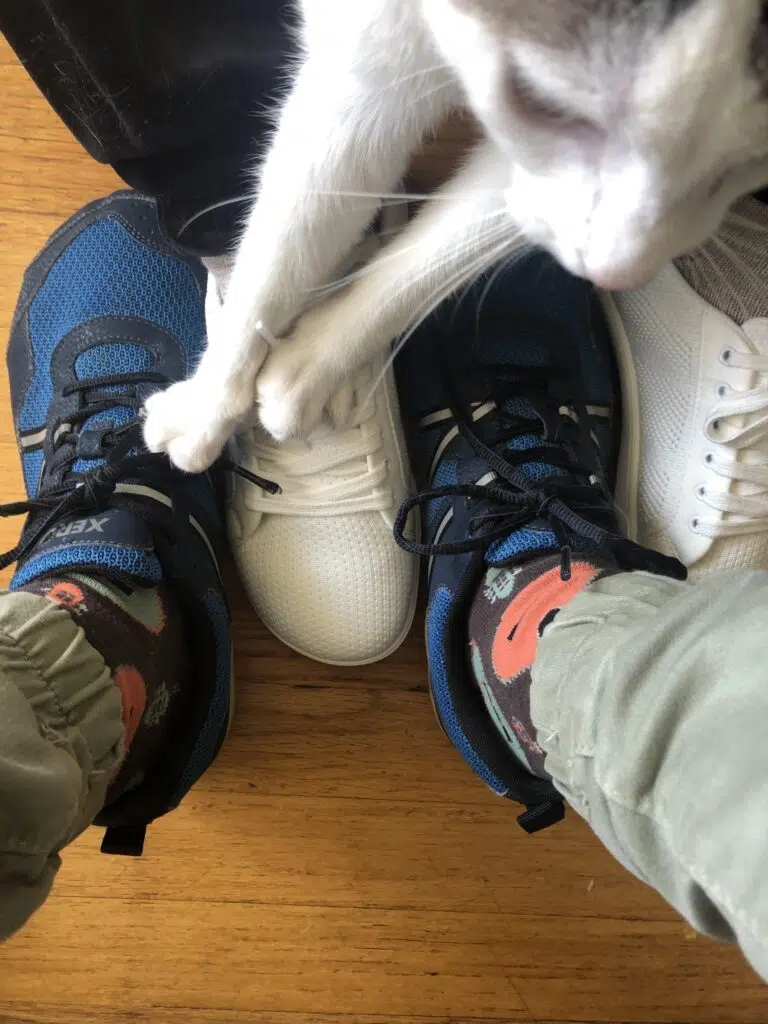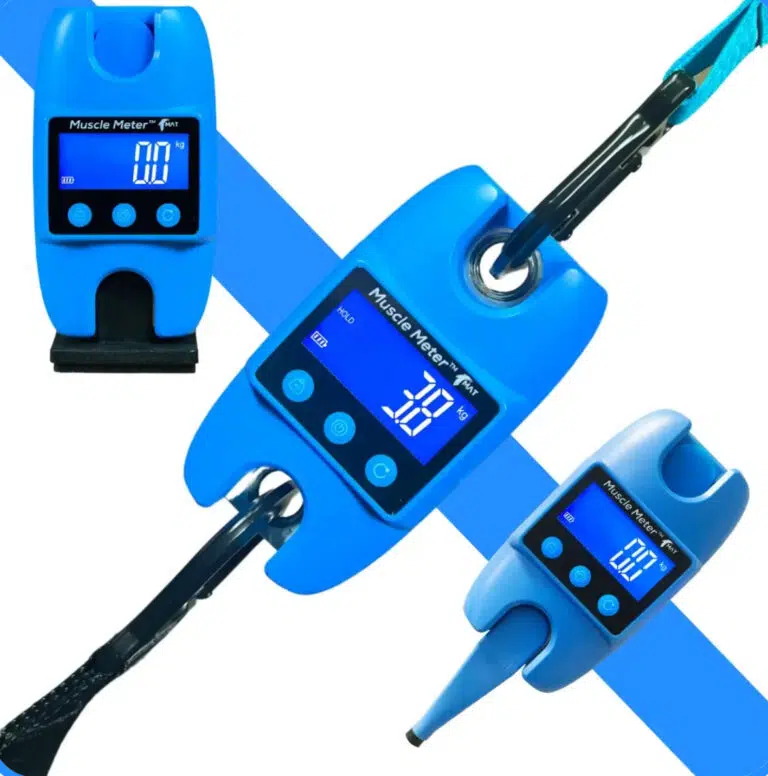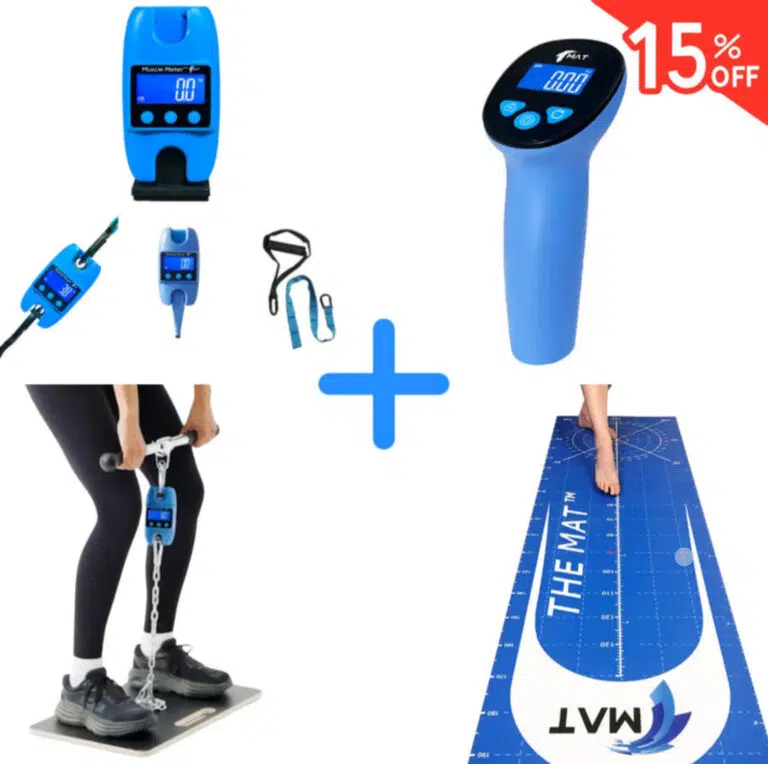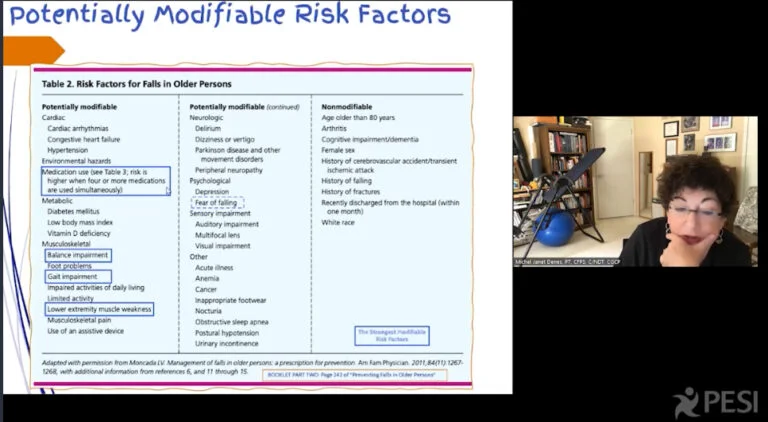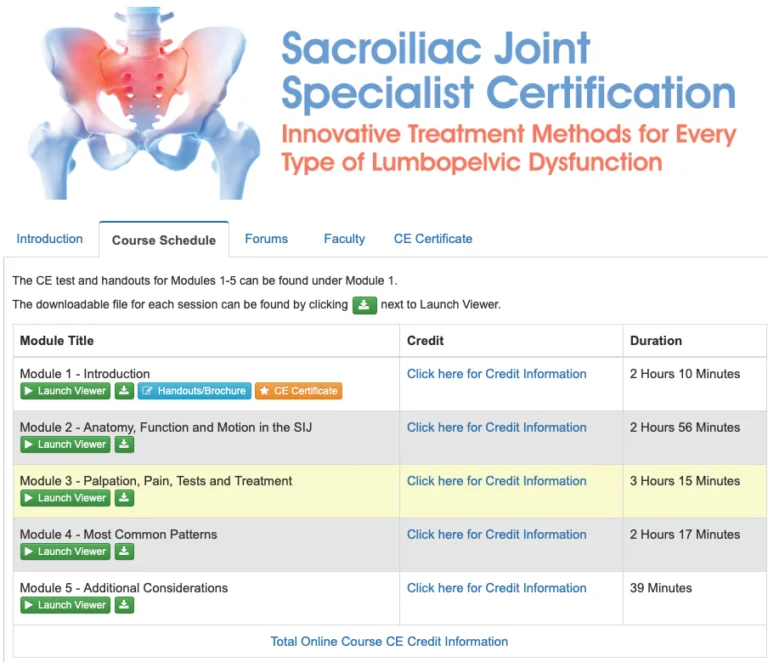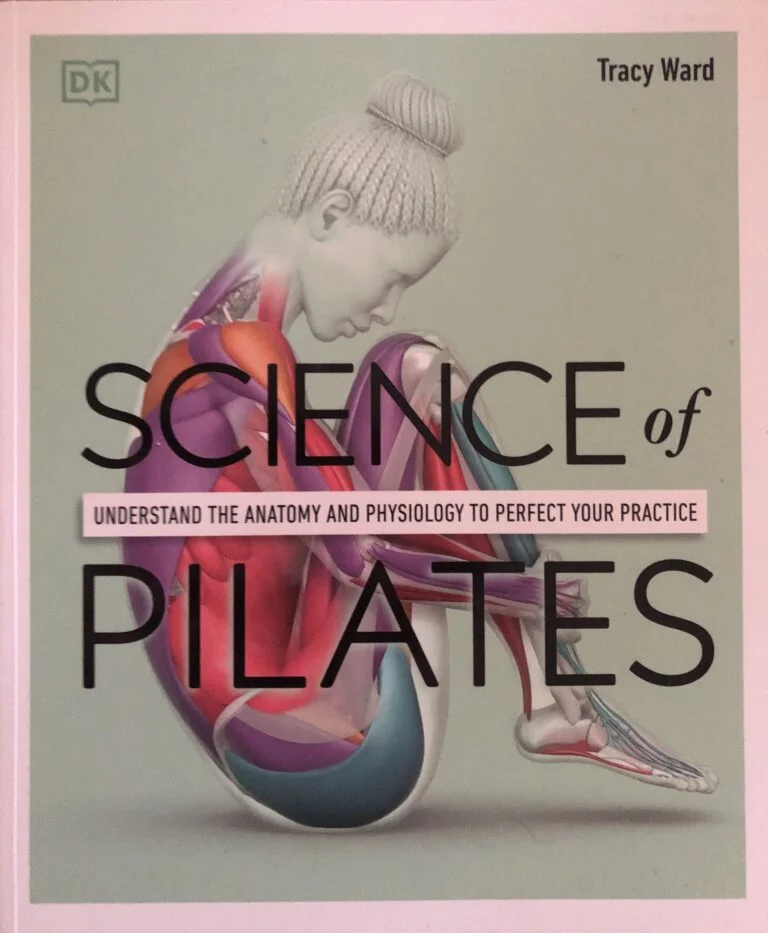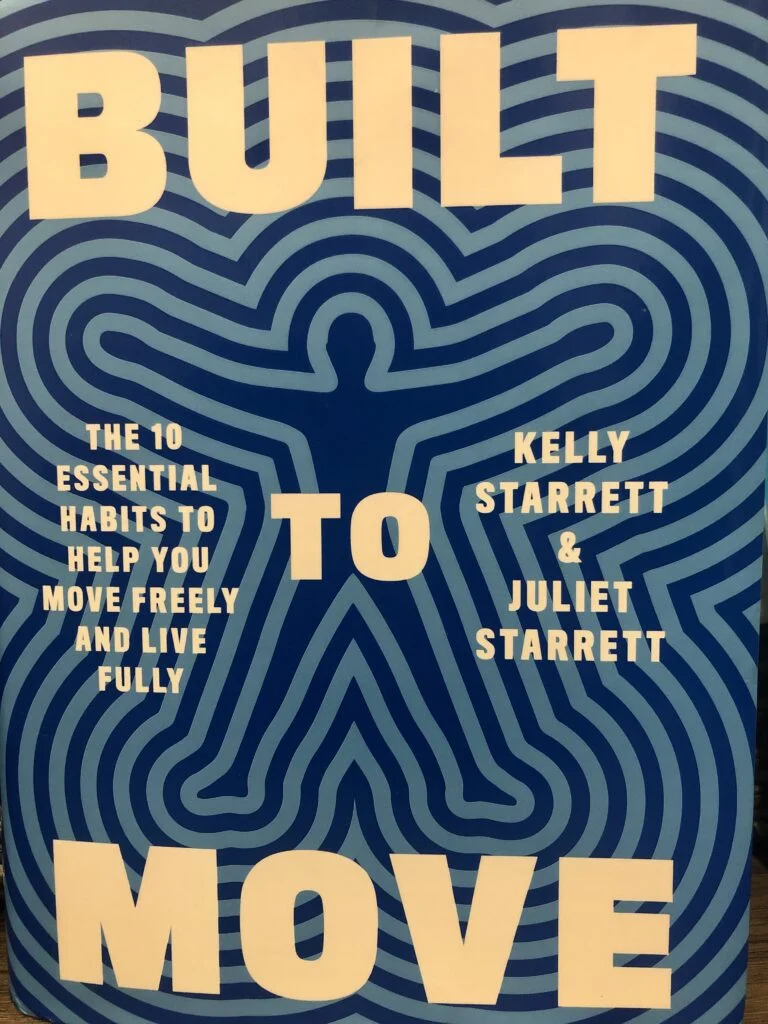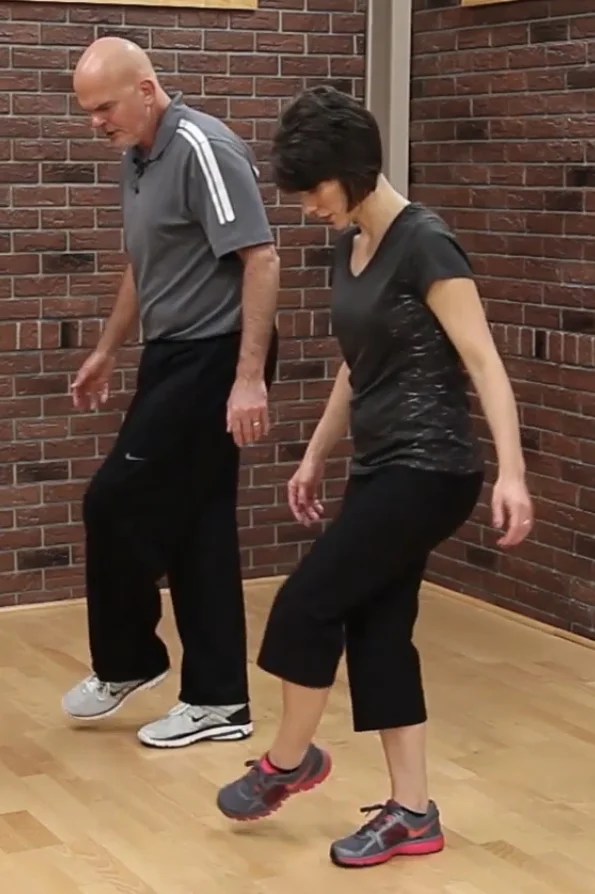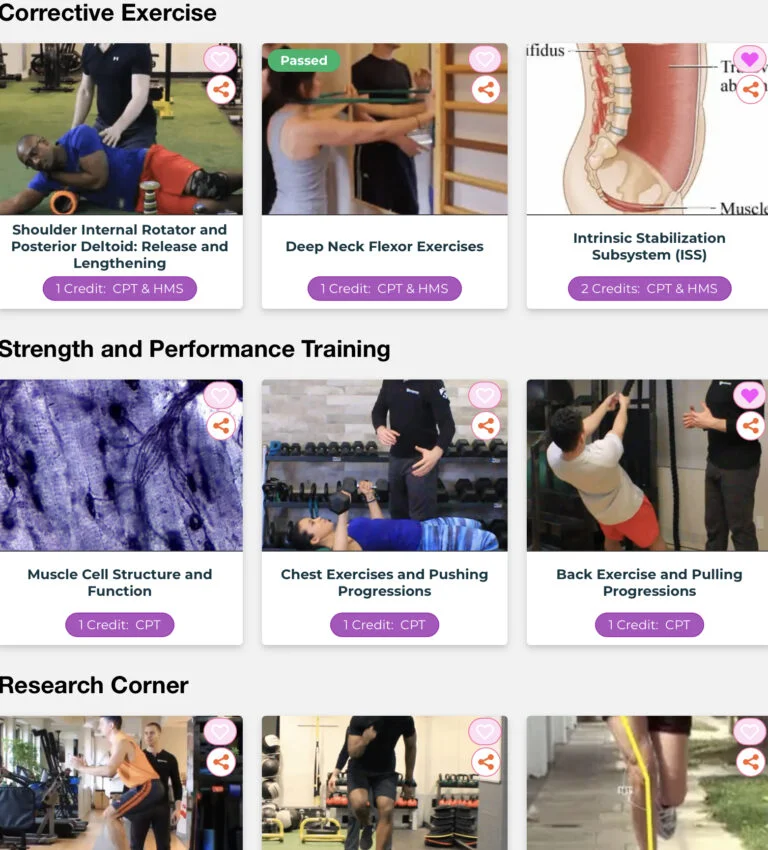Earls, James. Understanding the Human Foot: An Illustrated Guide to Form and Function for Practitioners. North Atlantic Books, 2021. 248pp. ISBN: 1623176581, 9781623176587
Purchase from bookshop.org. Support bookstores!
Understanding the Human Foot is an insightful, provocative, and well-organized tour of the foot. While it is aimed at readers with an understanding of basic anatomy, author James Earls carefully explains terms and concepts as he goes along, making the book approachable to new readers as well.
Although entitled Understanding the Human Foot, at no point does Earls consider the foot as working in isolation from the rest of the body. As a trained Structural Integrationist, the cross-body role of fascia is always present in his mind, which leads to some brilliant scalp-to-toe connections. (Readers interested in this should read Earls’ Born to Walk.)
Why Understanding the Human Foot Is Great for Pilates
Joe Pilates thought the foot was pretty important. He invented the foot corrector and toe corrector, and his exercises on the reformer start and end with care for the feet (“footwork” and “running”). Joe was notoriously bare-footed and also a huge advocate of walking. So, given how important the foot was for the Pilates method’s founder, Pilates teachers should also give the foot its due attention.
While I am not a fan of using anatomical terms while teaching, a thorough understanding of anatomy can only enhance your understanding of the body. The foot deserves a book of its own, and you’d do well to block out a couple of months to really work through Understanding the Human Foot. But if you do, you’ll come out with a deeper understanding of one of Joe’s favorite body parts.
But this is not just an anatomy book. An entire chapter, written by Pilates instructor Lucy Wintle, is devoted to Pilates-inspired foot exercises. Links are even provided to videos going through these exercises. Chapter 8 also teaches several tests and analysis you can perform with your clients to better gauge their foot health.
Whether you’re dealing with clients who are elderly, athletic, injured, constantly in high heels, pounding pavement, or suffering from foot pain they can’t describe, Understanding the Foot is an indespensible tool for instructors.
Strengths of Understanding the Human Foot
There is much to love about this book. Here are some qualities that make it exceptionally useful and interesting:
- The illustrations throughout the book are clear, detailed, plentiful, and immensely helpful
- Clearly written: anatomical terminology is explained
- Backed by scientific studies and personal experience
- Great exercises for Pilates written by a Pilates teacher
- Diagnostic tests for many conditions
- Plenty of exercises to try out (for kinetic learners)
“Our feet are the Swiss Army knife of the body—beautifully designed, compact, and multifunctional. Human feet have developed anatomical features that allow shock absorption and stability, both functions and anatomy that differentiate our feet from those of other primates.” (James Earls, Understanding the Human Foot, p. 14)
Healthy feet…great price!
- Fast shipping for $3-5
- Great variety
- Long-lasting quality
- Add lace-locks for quick changes
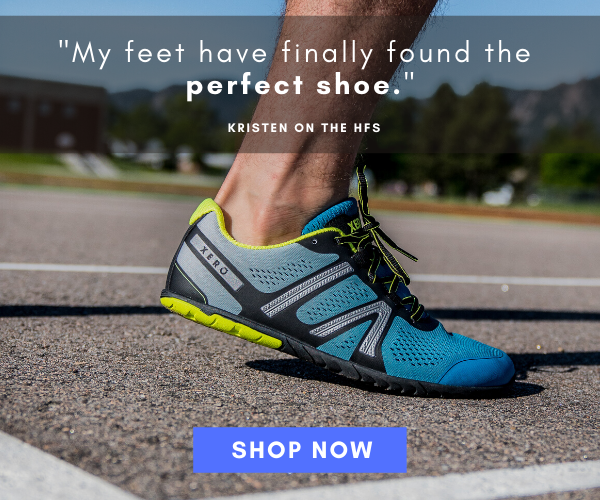
Try minimalist shoes from XeroShoes.com!
Chapter Synopsis
Introduction
In the Introduction, Earls explains why the book is written the way it is. Whereas you might expect a book entitled Understanding the Human Foot to begin with its bony anatomy then to progress to the ligaments and muscles, Earls’ first three chapters explore how the human foot came to have the structure that it does (i.e., human evolution) and to consider the distinct advantages and disadvantages of that structure.
Chapter 1: The Human Foot
The book sets off not only with “The Human Foot,” as the first chapter is titled, but also with a comparison between our feet and those of homo erectus, Neanderthals, other primates, and even horses. Although this might sound a bit (incredibly!) broad, the focus here is on the human foot in comparison with its closest relatives and ancestors. At VersusPilates.com, we of course like to look at these as a set of “versuses” (or dichotomies):
- Endurance: The need to walk long distances in search of calories (food) versus Efficiency: spending as few calories as possible
- The need for Stability (helped by a broad base) versus Mobility (which wants a slender base)
- Need for cushiony Shock Absorption for heel strike versus a Stable Base for take off
Chapter 2: Evolution and the Evolving Foot
In the second chapter Earls unearths the evolutionary past of the human foot while also comparing our feet to those of our nearest living relatives. Readers can sit at Earls feet as he shares the latest research from paleoanthropology. Within 30 pages, Earls covers millions of years of evolution to account for the human foot’s 26 bones and 33 joints. Having a Masters in human evolutionary science, Earls is both knowledgeable and humble about the claims of knowledge within the field.
Although both interesting and well written, the content of the chapter isn’t necessary for a thorough understanding of Earls’ teaching on the foot. So readers who are getting bogged down with the graphs and academic language can safely skip ahead.
Chapter 3: The Shape of Bone
This chapter begins with an overview of what bones are and how they strengthen or weaken. Earls has a gift for simplifying rather complicated kinesiological concepts, and he does so in explaining the concepts of stress and strain. The chapter provides the explanatory mechanisms behind the particular and peculiar shapes of the bones of the human foot, which prepares us for the next chapter.
Chapter 4: The Bones of the Foot
Looking at a foot, it almost appears as if the bones are 26 fragments of a shattered bone. However, Earls’ knowledge of human evolution and functional movement allows him to explain: 1) how the bones came to have their shape and 2) how that shape contributes to normal human gait. If you study the chapter, you’ll not only be able to list off those 26 bones, but you’ll have knowledge about:
- The significance of the torsion of the tibia and metatarsals
- Why having a second toe longer than the first is a good thing
- How the stability of the talus requires less muscular force from the calves
And, as a bonus, Earls finally puts his foot down on the whole forefoot running/walking versus heel striking debate.
Healthy footwear

Chapter 5: Soft Tissues and Their Functions
Earls claims that this is favorite chapter, and he is clearly excited (and knowledgeable) about new studies in how the fascia communicates information across muscles. He provides a synopsis and outlines potential implications of Huijing’s contention that fascia is able to “increase their stiffness and create, in addition to the bony skeleton, and extended rather stiff connective tissue ‘skeleton.’ (Source)
In Understanding the Human Foot, Earls takes pains to be very specific about anatomical terminology, and makes some criticism of how terminology is used in misleading or incomplete ways within the scientific community. One such point is the distinction between a muscle’s action and its function. No doubt drawing from his fellowship with the Gray Institute (see below), Earls draws attention the the often ignored eccentric use of muscles. Yet such an understanding allows us to see how, for example, plantar flexors can be hip extensors within gait (p. 116).
Want to have your world rocked? Check out the Gray Institute’s approach to gait. Be sure to read our Gray Institute CAFS Comprehensive Review and Gray Institute 3DMAPS Review.
The chapter includes a good deal of repetition from Earls’ excellent Born to Walk (but since that’s a dense read, a refresher is welcome!).
Chapter 6: Extrinsic Muscles
With some caveats, Earls follows the division of the extrinsic muscles into the superficial posterior, lateral, deep posterior, and anterior compartments. While Earls suggests that those who are familiar with this musculature only skim the chapter, it still deserves a close read. The attention to, for example, the fibularis longus (p. 148) and quadratus plantae (p. 152) are worth studying, and Earls often has insight that goes beyond what is discussed in most text books.
On the whole, this is the one chapter that really me wanting more. Discussion of the tibialis anterior, for example, lacks consideration of its role in aiding dorsiflexion by causing posterior glide of the talus (via compressive force on the medial cuneiform to the navicular to the talus). Likewise a discussion of synergistic dominance of the extensors is missing here. Readers might again refer to Earls’ Born to Walk for more detail on the extrinsic foot muscles, but this chapter is really the place to deliver some detail on these muscles.
Chapter 7: Intrinsic Muscles
Although entitled “Intrinsic Muscles,” this chapter contains a wealth of information about the soft tissues of the foot in general. Earls gives special attention to fat pads, retinacula cutis, and fascia in their contribution to our balance and proprioception. The chapter begins an important argument for minimalist shoes.
Like the previous chapter, this one left me wanting a bit in its discussion of the intrinsic muscles individually. While Understanding the Human Foot‘s organic and fascia-minded approach is very valuable, Earls’ insight into the unique contributions of these tiny muscles would be welcome. Why, for example, does it make evolutionary sense for the baby toe to receive so much of its own musculature?
Healthy feet…great price!
- Fast shipping for $3-5
- Great variety
- Long-lasting quality
- Add lace-locks for quick changes

Try minimalist shoes from XeroShoes.com!
Chapter 8: Function and Assessment of the Foot (with Mark Parfitt-Jones)
After seven chapters tracking the evolution of the foot as well as an account of its hard and soft tissues, readers are well-placed to start to assess clients’ feet for their current function.
Chapter 8 begins with a summary of relevant findings from the previous chapters. Earls also offers solid advice for offering your clients the best service while remaining within your scope of practice. He encourages practitioners to be versatile and open-minded in their applications.
Assessments in the chapter cover:
- Shock absorption (e.g., navicular drop test)
- Ranges of motion (e.g., ankle plantar flexion and dorsiflexion, inversion and eversion, toe extension, Jack’s/Hubscher’s test)
- Rigid lever formation (including callus formation)
- Force output
The assessments are all well-explained and clearly illustrated. Even if you’ve not done these tests before, you’ll be ready to start practicing once you’ve studied the material. All the same, links to video (such as those in the following chapter) would really be welcome.
Chapter 9: Foot Exercises and Mobilizers (contributed by Lucy Wintle)
Wintle’s chapter is very clear and provides a number of excellent exercises. In practice, it would be good to go over these with your client, and then encourage them to repeat the exercises on their own. Very clear explanations and videos complete the chapter. Although Wintle is a Pilates instructor, the exercises are also excellent for any number of fitness practices.
Links to video of Wintle performing the exercises are provided.
Get 5% off quality foot care items from Balance Body by using our links!
Chapter 10: Designed for Life
The final chapter encourages readers, now that they understand the human foot, to consider human foot houses: shoes. It might come as no surprise that high-heels and tight shoes are given the boot, but Earls also points out that most shoes are just too pointy.
In short: feet need mobility. Toes need to be able to spread out with each step. You need sensory feedback from the surfaces you’re walking on to keep your nervous system awake and have your spongy-yet-firm foot and ankle dynamically responding to its terrain.
The chapter responds to the latest research as it relates to footwear. It even includes a helpful chart of shoelace tying methods to try with different kinds of feet.
Conclusion
Feet are our foundation. And having a thorough understanding of how they function best is a must for serious fitness practitioners and instructors. You’ll gain that knowledge through Understanding the Foot, and much more as well. Earls’ evolutionary approach to the human foot accounts for why our foot has its segmented shape and web of tendons. Understanding how the human foot came to have the shape it does helps us understand why it functions the way it does.
In addition to providing a thorough, illustration-rich account of the foot’s functional anatomy, Understanding the Human Foot also contains tons of material for assessing and strengthening the foot. With its careful attention to functional anatomy and careful presentation of testing and relevant exercises, Understanding the Human Foot is an indispensable book for fitness instructors and anyone wanting to truly understand the foot.
Purchase from bookshop.org. Support bookstores!
Sources
Huijing, P. A., Maas, H., & Baan, G. C. (2003). Compartmental fasciotomy and isolating a muscle from neighboring muscles interfere with myofascial force transmission within the rat anterior crural compartment. Journal of morphology, 256(3), 306-321.
